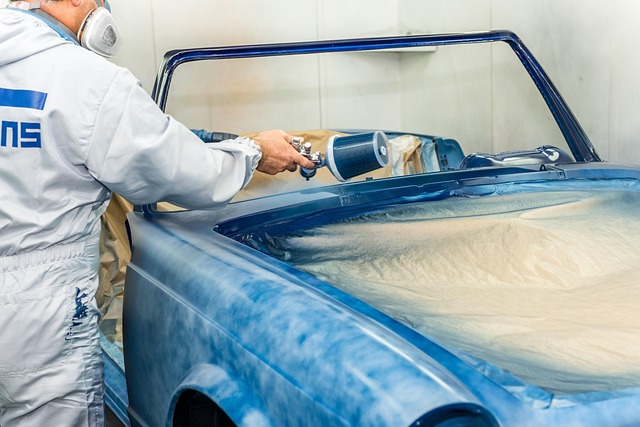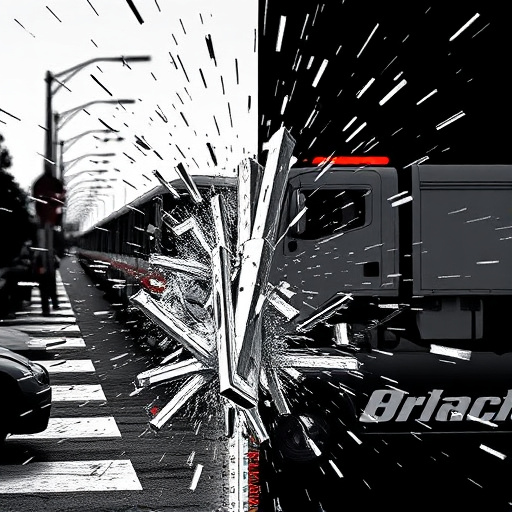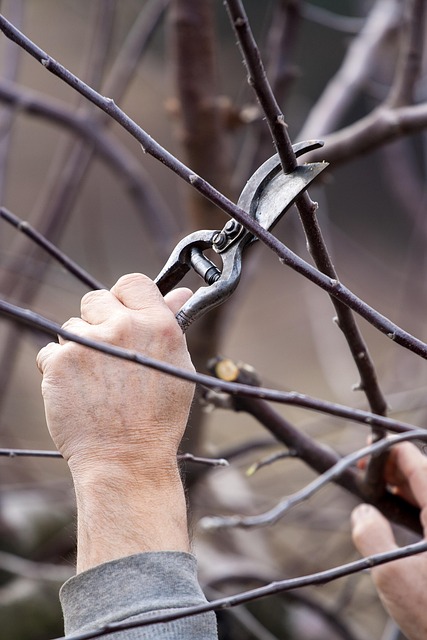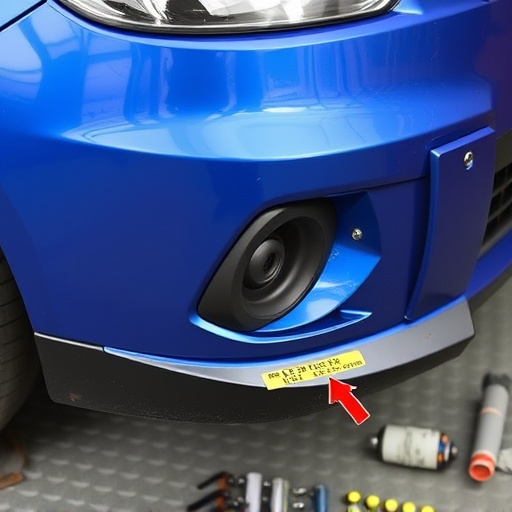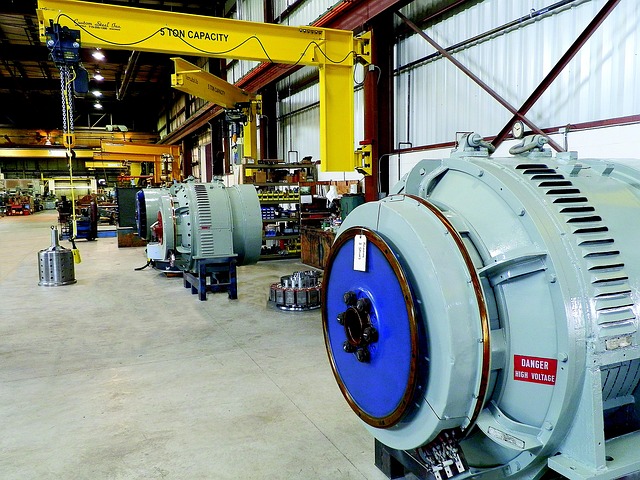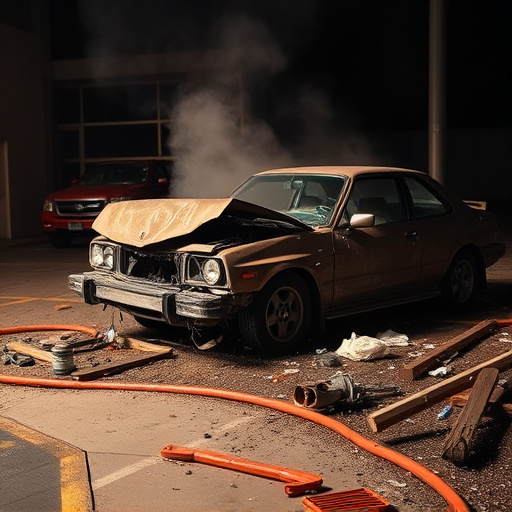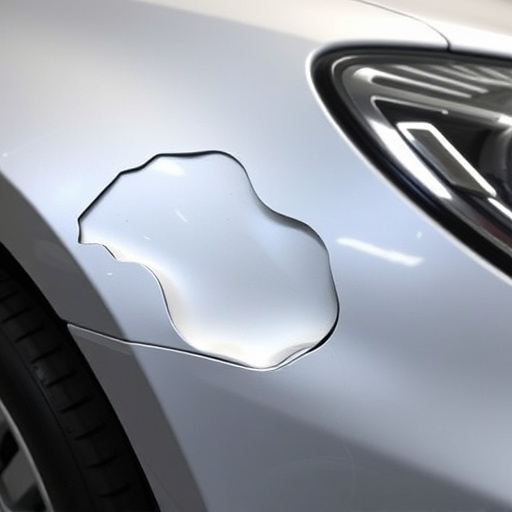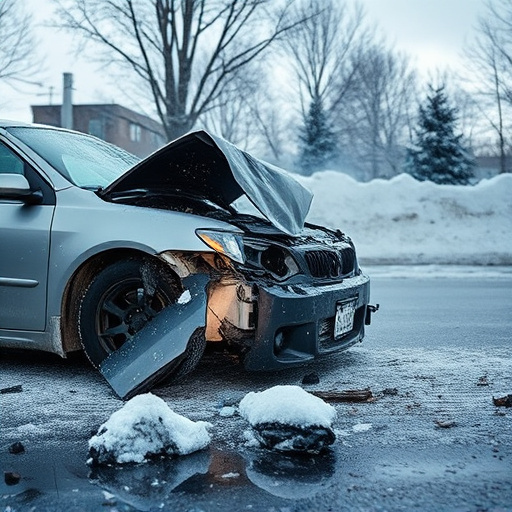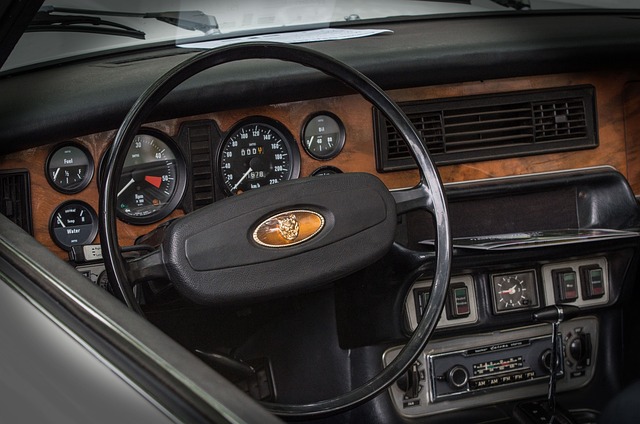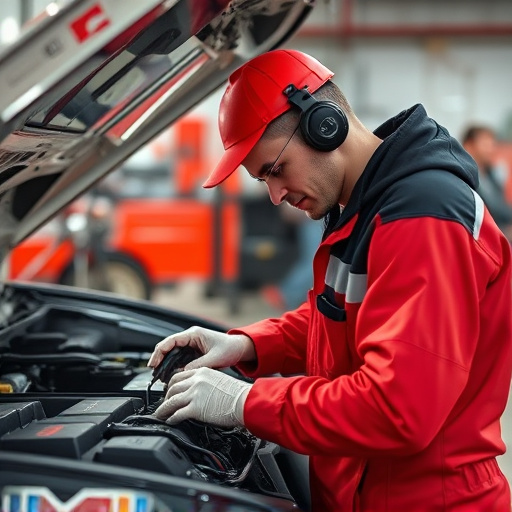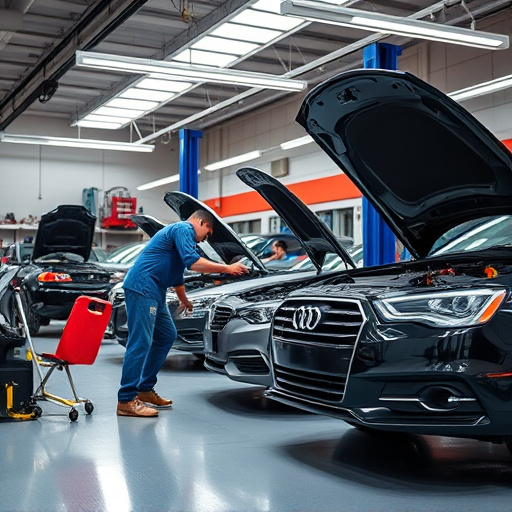Weather conditions erode buildings' structural integrity. Regular maintenance and durable materials mitigate damage from extreme temps, rainfall, winds, & humidity. Geographical location impacts repair needs, with areas prone to seismic activity or high humidity requiring specialized attention. Local building codes ensure compliance for valid structural repair warranties, vital for peace of mind.
Environmental factors play a significant role in determining the longevity and success of structural repair projects. This article explores how weathering conditions, geographic location, and local building codes influence the validity and reliability of structural repair warranties. Understanding these connections is vital for professionals ensuring long-term protection for buildings, offering peace of mind to property owners, and mitigating potential risks associated with repairs.
- Weathering Conditions: Impact on Structural Integrity
- Geographic Location: Risk Assessment for Repairs
- Local Building Codes: Ensuring Warranty Validity
Weathering Conditions: Impact on Structural Integrity

Weathering conditions play a significant role in determining the structural integrity of buildings and structures over time. Exposure to extreme temperatures, heavy rainfall, strong winds, and varying humidity levels can all contribute to the deterioration of materials used in construction. For instance, metal components like roof joists and supports may experience corrosion due to prolonged moisture exposure, leading to weakened connections and potential failure points. Similarly, wood elements, such as beams and planks, are susceptible to rot and fungus growth in damp environments, compromising their structural soundness.
Regular inspections and proper maintenance are essential to mitigate these effects. Implementing measures like sealing and coating vulnerable areas can prevent water intrusion. Additionally, using durable materials resistant to environmental stress and ensuring timely repairs can extend the lifespan of structures. For instance, a paintless dent repair technique might be employed to restore damaged panels without compromising structural integrity, thereby enhancing the overall structural repair warranty. Similarly, collision repair shop services specializing in body shop repairs can address cosmetic issues while maintaining the structural integrity required for a robust structural repair warranty.
Geographic Location: Risk Assessment for Repairs

The geographic location plays a pivotal role in assessing risks associated with structural repairs and ensuring the longevity of a building or vehicle. Different regions present unique environmental challenges that can impact the stability and integrity of structures. For instance, areas prone to seismic activities require enhanced structural reinforcement to withstand frequent tremors, which is a critical consideration for auto body repair shops or facilities dealing with vehicle body repairs in such regions.
Additionally, regions with high humidity levels or frequent exposure to extreme weather conditions, such as heavy rainfall or snowfall, increase the risk of moisture-related issues like rust and corrosion. These environmental factors demand specialized attention during structural repair processes, including regular maintenance and the use of appropriate materials resistant to the local climate. Understanding these variables is essential for providing robust structural repair warranties, ensuring that repairs hold up against the unique challenges posed by the local environment, be it for an auto repair shop or a building restoration project.
Local Building Codes: Ensuring Warranty Validity

Local building codes play a pivotal role in safeguarding the integrity of structural repair warranties. These regulations, tailored to specific regions, dictate the standards and practices for construction and renovation projects, including structural repairs. Adherence to local codes is essential for ensuring that any repairs meet safety requirements and are eligible for warranty coverage. Builders, contractors, and property owners must be well-versed in these guidelines to avoid voiding warranties and potential legal issues.
When undertaking structural repairs, whether it’s a car body restoration or more extensive auto collision center work, professionals must comply with local building codes. This involves using approved materials, adhering to specific construction methods, and achieving the required structural integrity. Proper documentation and certification of compliance are necessary to validate the structural repair warranty, providing peace of mind for both clients and service providers alike.
Environmental factors play a significant role in the longevity and integrity of structures, directly influencing the performance and validity of structural repair warranties. From harsh weathering conditions that can compromise material strength, to geographic locations prone to specific natural hazards, these elements require meticulous consideration during the repair process. Understanding local building codes and their impact on warranty coverage is paramount for ensuring long-lasting repairs. By accounting for these environmental factors, professionals can navigate risk assessment more effectively, ultimately enhancing structural durability and the reliability of associated warranties.
